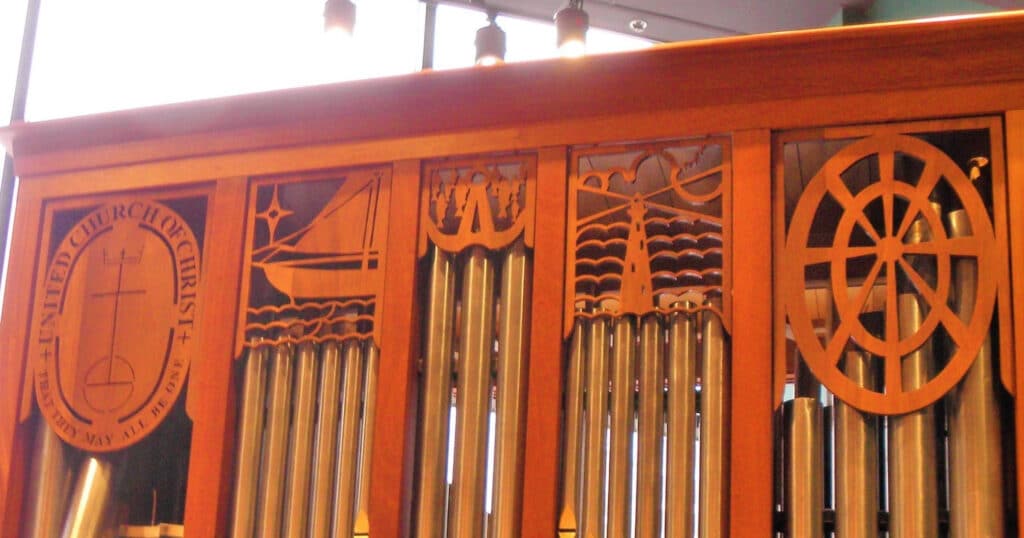Amistad organ finds home in Connecticut church that helped free the captives
The United Church of Christ’s Amistad Chapel in Cleveland, now closed, was home to a custom-built pipe organ.
Today the instrument, built in Nebraska, has a new home in New England. Its carefully packed pipes traveled this month from Ohio to Connecticut — a place that was central to the story of the 1839 rebellion for which the Cleveland chapel was named.
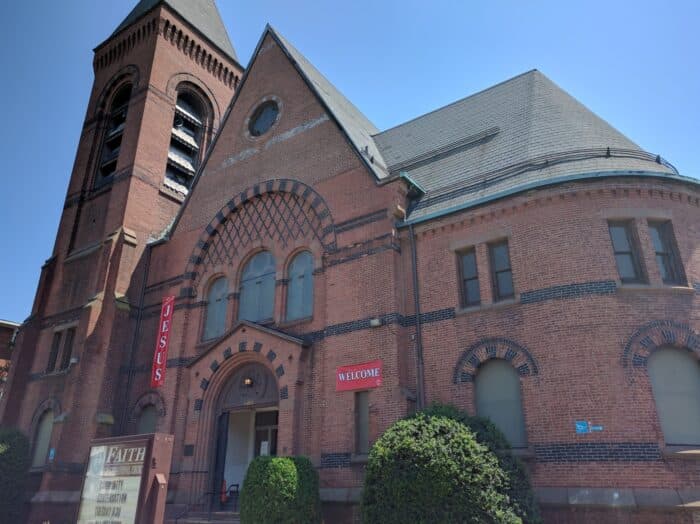
And the organ’s new home isn’t just anywhere in the state. It’s in Hartford, with a congregation that actively aided the captives in their historic legal fight for freedom.
Anticipating the organ’s September arrival, Faith Congregational Church, UCC, the city’s oldest Black church, prepared a special chapel space for it.
Pipes, keyboards, pedals, internal mechanisms and their mahogany cabinet arrived Sept. 14. Now fully rebuilt and tuned up, the organ occupies a window-illuminated corner — much as it did in Cleveland.
“It is a gift and a blessing,” said Faith’s pastor, the Rev. Cleo Graham. “It is a continuation of our relationship with the rich Amistad story.”
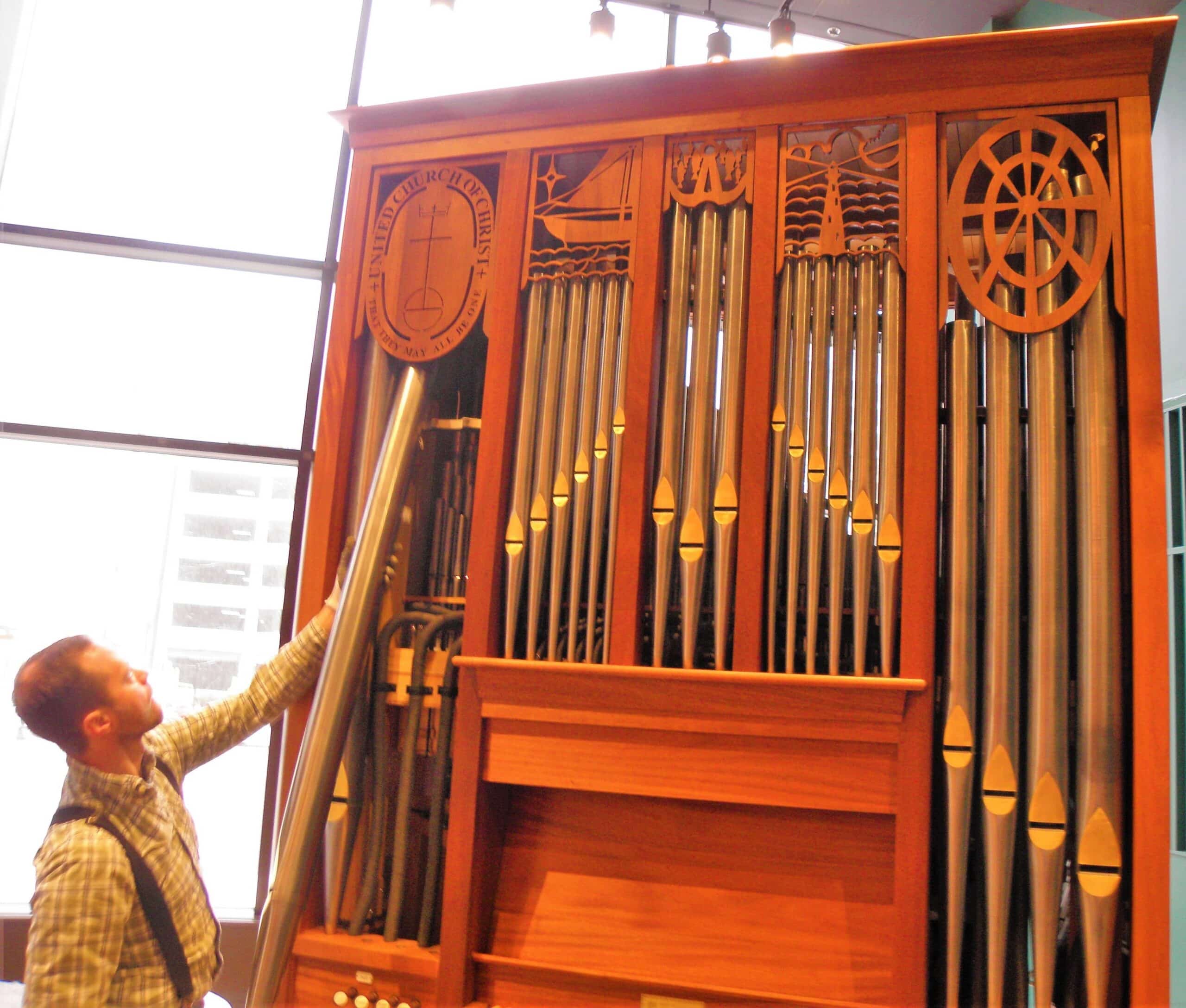
Amistad activists
Faith Church’s connection to Amistad history dates back to the African captives’ 1839 arrival in Connecticut after their shipboard rebellion against human traffickers. Recaptured and brought to Connecticut by the U.S. government, the Africans were held there during their legal fight for freedom. That battle lasted until 1841, when the U.S. Supreme Court found in their favor and declared them, legally, free.
The congregation — whose name at the time was First Hartford Colored Congregational Church — “raised significant dollars for the captives’ defense, and after they were freed, provided support for their return to Africa,” Graham said. “Two church members, Henry Wilson and his wife, Tamar Wilson, journeyed back to Africa with the former captives.”
That 19th-century history is what brought the organ to Hartford some 180 years later.
Logical location
In Cleveland this year, UCC Associate General Minister Traci Blackmon was in charge of all the details — and all the big issues — involved in moving the UCC’s national offices from their longtime home at 700 Prospect Avenue to leased quarters at 1300 E. 9th Street. “Once it became clear that we could not take our beautiful pipe organ with us into the new space, we began searching for a home for the organ that would still evoke the spirit of Amistad,” she said.
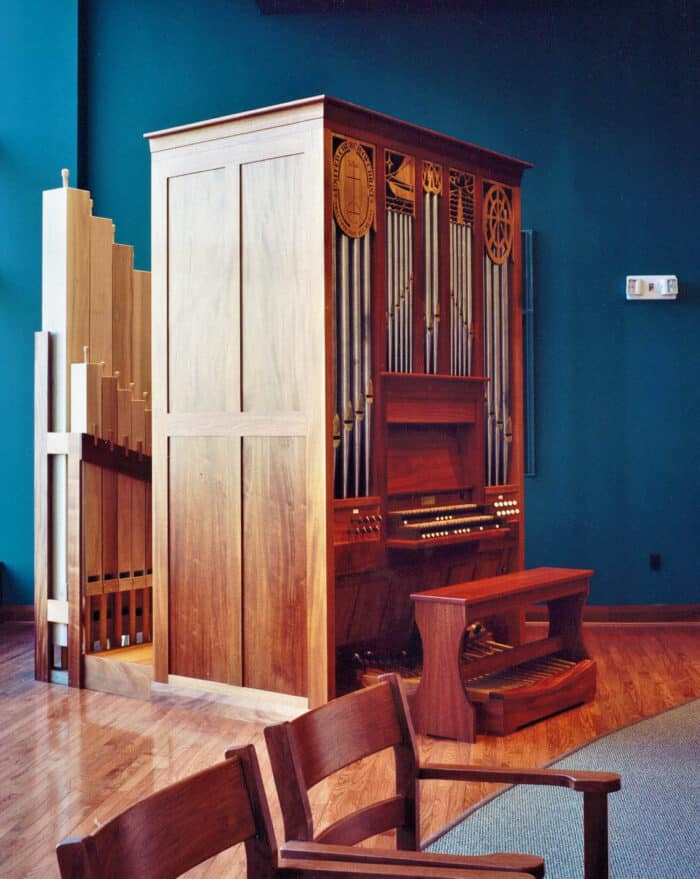
Blackmon consulted with Executive Conference Minister Darrell Goodwin of the Southern New England Conference about the search. Together, they approached Faith Church. Its Amistad history made it a logical choice, she said. “The congregation already hosts tours of its historic edifice and was excited about receiving the organ.”
The excitement was evident in the congregation’s formal decision to make a home for the instrument, Graham said. “The vote was pretty much unanimous to get this organ.” She said members saw it as a way “to support our Amistad legacy.”
Making space
The Faith Church sanctuary already has a large, 24-rank Austin pipe organ, built in 1920. So the smaller, “tracker action” instrument from Cleveland needed a space. The congregation created that by renovating what “was once a chapel many years ago, decades ago,” Graham said. Over the years it had been converted into office space and a choir rehearsal room.
The renovation, including new molding, paint and a refinished floor, has brought it back to “its original state,” she said — and in a prime location. “When you walk in the front doors, through the narthex, on the right-hand side you’ll see a nursery for the children. On the left-hand side is the chapel.”
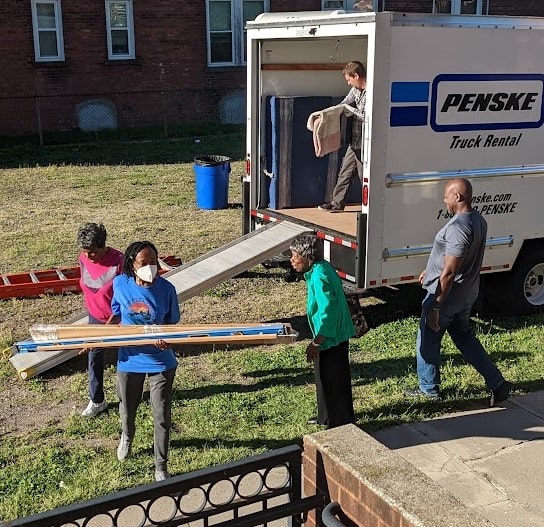
And there was an additional challenge: the organ weighs an estimated 8,000 pounds. “Before we could actually say yes, we had to hire a structural engineer to come in and assess the area.” The chapel has had an organ and a piano in the past, “but certainly not as substantial” as the Amistad organ, she said. “We did have to put in some supports under the floor.” The engineer and a contractor completed that task.
Arriving on Sept. 14, staff members from the original manufacturer — the Bedient Pipe Organ company — finished the rebuilding and tuning of the organ on Sept. 19. It’s now ready to help the chapel host “worship services, memorials, weddings, special events, Freedom Trail Tours, historical events and more,” Graham said. “Our church and the wider community are grateful for this gift.”
Cleveland farewell
Built in 2000 with a donation to the UCC from the late Ruth Frost Parker, a member of First Congregational UCC in Sandusky, Ohio, the organ saw some 20 years of service in the Amistad Chapel.
It provided music for worship services connected with meetings of national UCC bodies, ecumenical and community events, staff worship services, and, in recent years, Sunday services of a local congregation known as Amistad Chapel UCC.
Shortly after contributing music to a special, live-streamed chapel service in which the UCC said goodbye to 700 Prospect Avenue, the organ was dismantled.
Handled with care
Over nearly three full days, March 28-30, specialists from Bedient carefully took the organ apart. They packed and labeled hundreds of pipes — with names like “trumpet resonator,” “gedackt” and “spitzflute” — documenting their sizes, musical ranges and positions within the organ.
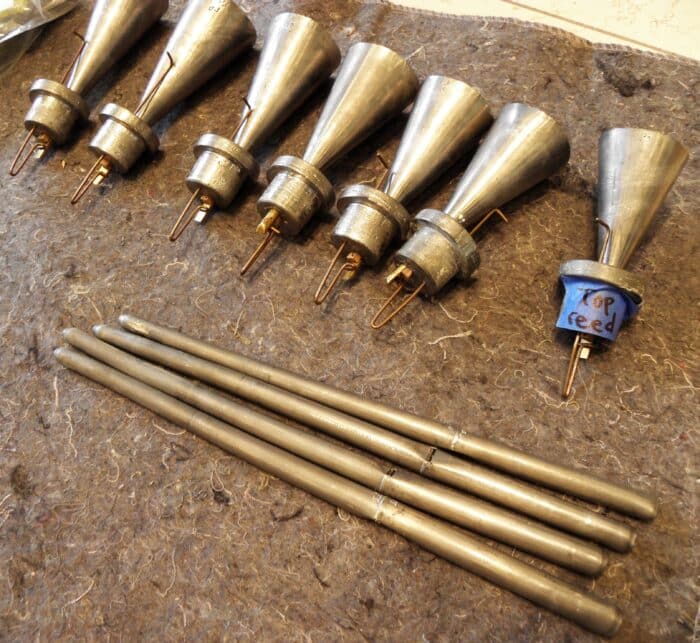
Preparing it all for storage and eventual interstate highway transit took a great deal of care. Varied metal and wooden pipes required different kinds of padding. Bubble wrap was used to protect the smallest pipes, some smaller than a pencil. The largest — as long as 8 feet — were laid in wooden transit cartons, covered in plastic and cushioned with expanding foam, sprayed from a can.
“All the metal pipes are made of an alloy that is about 97-percent lead,” Luckey said. That metal, compared to tin, of which organ pipes are sometimes made, “tends to have a richer, warmer sound quality.” But lead is also “very soft and easily damaged.”
The crew delivered it all to a Cleveland-area storage facility, where it remained until the September trip to Hartford.
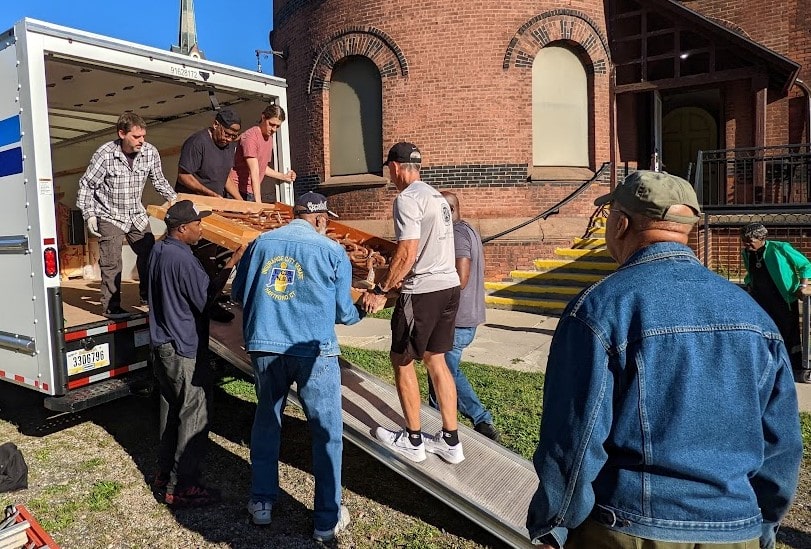
‘Historic moment’
On the Wednesday of its arrival in Hartford, church members turned out to help the Bedient specialists carefully unload the organ parts and stage them for reassembly.
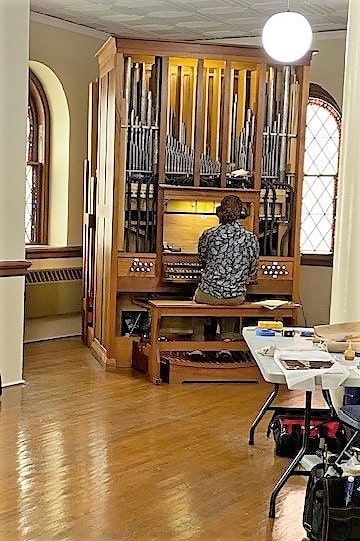
Graham said a dedication service will be held in late October or early November at a date yet to be determined.
She said she considers the entire transition “a very historic moment.” “It’s amazing that we’re getting this organ,” she said. “It’s sacred, as far as we’re concerned — a sacred instrument.”
Content on ucc.org is copyrighted by the National Setting of the United Church of Christ and may be only shared according to the guidelines outlined here.
Related News
A Prophetic Call for Justice and Peace in Palestine
The executive leaders of the United Church of Christ have issued the following statement...
Read More‘Love is Greater Than Fear’: Regional Youth Events get to the heart of gospel message
United Church of Christ teens attending this summer’s Regional Youth Events (RYE) are...
Read MoreUCC desk calendars available to order now
Prepare for your day, month and year with the United Church of Christ desk calendar —...
Read More